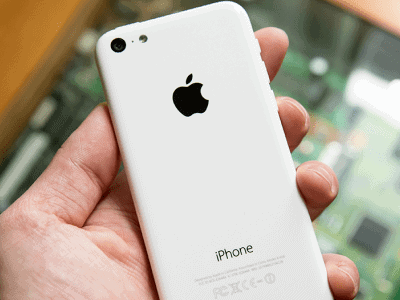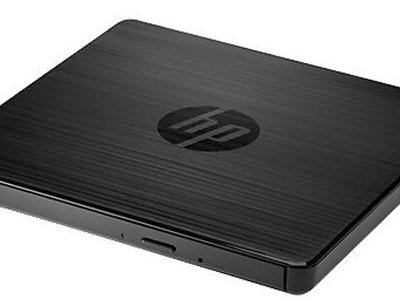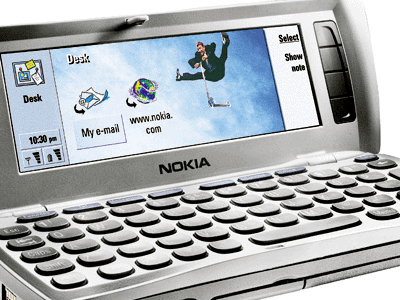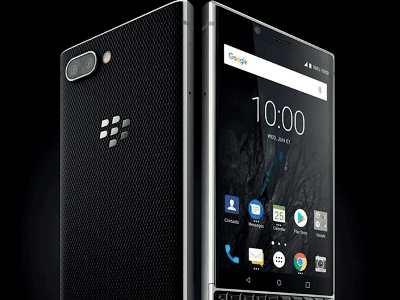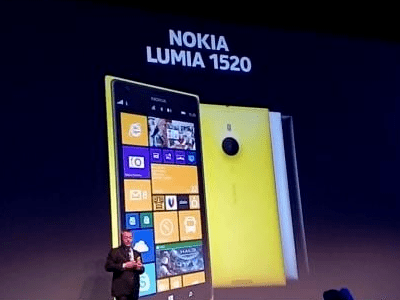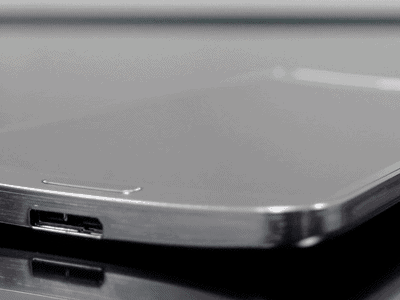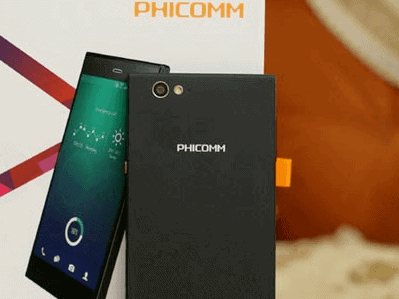iPhone 5s and 5c: Apple competing on price, not innovation
Share This Post
Every year during the month of September there is a section of consumers across the world that wait for one particular announcement – this announcement has nothing to do with appraisals, increments, trade fairs, holidays or festivals. The ‘defining’ event is, in fact, the annual announcement of a new version of Apple’s iPhone, the 2013 versions of which were announced yesterday in the US.
Like any Apple launch, the anticipation and speculations had started months ago and a lot of leaks of possible specifications of the iPhone were already doing the rounds on the Internet. Since Apple has always been admired for keeping the best features secret, the excitement amongst consumers did not witness a drop despite the many leaks and specifications of the new iPhone models. Unfortunately, this time Apple couldn’t withhold too many secrets and to the dismay of many consumers the leaked specifications and predictions were almost on target. The Apple new launch presentation, which was known to keep audiences glued and invited analyst comments even on the last “Thank you” slide during the days of the legendary Steve Jobs, this year lasted only 20 minutes and did not provide much meat to mediapersons and tech industry watchers.
Apple announced the iPhone 5s and iPhone 5c models in the US on September 10. For the first time since 2007, Apple plans to launch multiple variants of its flagship smartphone. The 5c comes in multiple colours with a plastic body (green, yellow, blue, white and pink), 4-inch retina display, 8MP camera, the older A6 processor at an open market price of US$ 549 for the 16GB version, US$ 649 for the 32GB version and contract pricing of US$ 99 and US$ 199 for the 16 GB and 32 GB versions, respectively. On the other hand, the iPhone 5s has modifications which are focused on internal software and phone capabilities rather than external look and feel (except for 3 new colours – gold, ‘space grey’ and aluminum white). Some of the new features found on the iPhone 5s are – the new generation iOS7, the A7 chip with 64-bit architecture (a first ever for Apple), M7 motion co-processor (for detecting movement and saving battery), Touch ID (fingerprint identity sensor built into the home button), New iSight camera with dual LED flash, support for more LTE bands, and a new Facetime HD front facing camera.
I present below my brief analysis on the two models of iPhone announced by Apple:
iPhone 5c: ‘C’ stands for “cheap”, “cut down”, “colour” or “China”?!
Although Apple has made it clear the new iPhone 5C is a colorful version of the earlier model iPhone 5 without many software changes, this is the smartphone through which Apple will target emerging markets like China, India, Brazil, African continent and other countries, positioning it as a more affordable (cheaper?), colourful, cut-down version of the flagship model. With Apple’s recent deal with China Mobile (operator with the largest subscriber base in the world); it won’t be inappropriate to employ all of the above adjectives for the iPhone 5c. But, with an open market price of US$ 550 in the US and Yuan 4,488 (INR 46,500) in China, I have serious doubts that it will win over non-Apple mid-level segment smartphone users for the vendor.
The below table presents my understanding of the emerging countries where Apple will focus with the iPhone 5c:

From the above brief analysis of average selling price (ASP) of smartphones in emerging markets, I don’t think the iPhone 5c will be able to win over new customers in these geographies with a model that boasts multiple colours as a USP. It is in fact a trimmed-down version of the older model launched a year back at a price per unit which is almost two times. Apart from pricing, other specifications such as screen size will go against Apple, as people in emerging markets have shown a strong preference for the bigger screen size ‘phablet’ devices (5” to 7”) in the last few quarters. The entry level Android OS-based smartphone models in these emerging markets will easily beat the Apple 5c, with its current specs. Hence, I feel the launch of a new model like the iPhone 5c does not really serve any clear purpose.
Even if one examines the operator bundling scenario of the iPhone 5c in emerging markets, the picture is bleak – India remains an open market, while in Russia three major operators (MTS, Vimplecom, Megafon) have cut ties with Apple. In Latin America too the bundling market doesn’t reflect a good scenario for Apple either. So, all hopes for the Apple iPhone 5c lie on its association with China Mobile; here, players like Xiaomi, Lenovo and ZTE will threaten its position.
iPhone 5s: ‘S’ stands for “same”?!
iPhone 5s launched along with the iPhone 5c was definitely an improved version from the earlier iPhone 5, but the improvements were mainly at the software level, rather than the hardware, many of these having been leaked months ago. Even the price and screen size have been kept the same levels as for the iPhone 5.
While it is true that the iPhone 5s boasts of a faster, new generation CPU, better GPU, enhanced battery life, better camera etc., consumers have come to expect such changes as routine, while evaluating the need to upgrade to a new smartphone from any vendor. The only new technology on the iPhone 5s is Touch ID, which comes from Apple’s acquisition of Authentec for US$ 356 million, and is not an innovation from Apple’s own in-house stable. So the key question that begs an answer is where is the innovation for which Apple has always been known?
For me the most innovative smartphone from Apple still remains the iPhone 4s; devices launched after that have seen only cosmetic changes. So, does it actually require a year to launch a model which is only a moderate improvement over the previous version? I don’t think so. Apple can certainly do much better.




